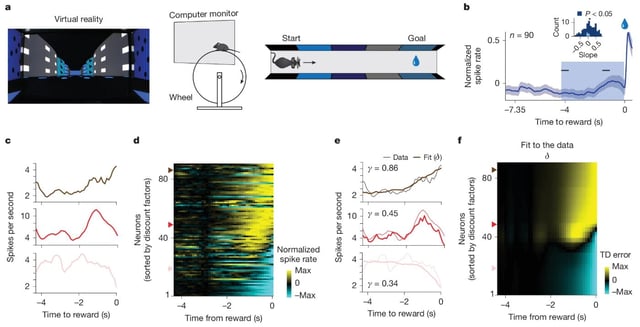Overview
- Dopamine neuron populations encode a probabilistic map of future reward distributions within 450 milliseconds of predictive cues, capturing both timing and magnitude.
- Individual dopamine neurons display diverse tuning profiles, with some specializing in reward timing, others in magnitude, and many exhibiting complex multidimensional responses.
- Midbrain dopaminergic neurons exhibit a broad spectrum of temporal discounting behaviors, integrating multiple timescales to refine reward prediction errors.
- A new time–magnitude reinforcement learning model outperforms traditional TD-RL algorithms in volatile foraging simulations by leveraging multidimensional and multi-timescale signals.
- These insights into dopamine’s complex coding offer potential pathways for advancing AI reinforcement learning architectures and informing treatments for disorders linked to dysfunctional dopamine signaling.

